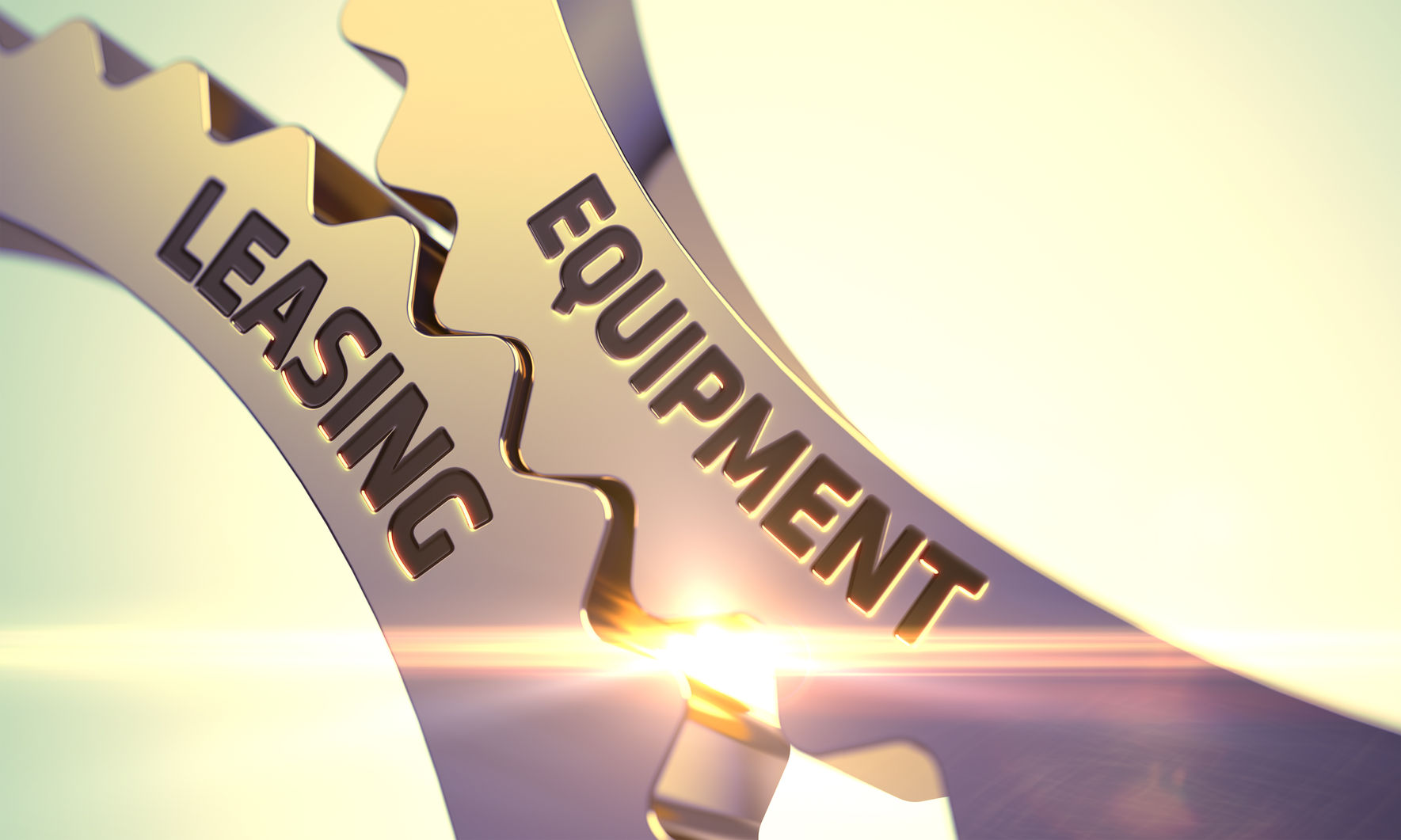
How To Maintain Machines For Hot Temperatures
August 16, 2021
8 Amazing Benefits Of Leasing Equipment For Businesses
October 18, 2021With summer ending and fall coming soon, we all know that winter will be upon us. It’s typically around this time where contractors and business owners alike are preparing their equipment for the harsh winter weather that is bound to come.
Whether it’s working in those temperatures or having them stored for the season, it doesn’t hurt to have proper winter maintenance done on the equipment. This helps to avoid any costly issues when spring comes around. Below is a simple guide for how to be prepared for this.
First, Maintain The Engines
Engines are necessary parts of any machine of course, but operators need to pay attention to a lot of things. First there the fuel, but you also have to check lubrication and air filtration too. Failure to check all three of them can lead to costly repairs and machine downtime.
For fuel maintenance, you want to cleaning the fuel tank cap/vent and ensure it’s working properly. This entails checking for water in the fuel and inspecting the fuel filter.
This is also a good time to check if the fuel that’s used and given is from the provider. Also remember that cold temperatures accentuate any fuel quality issues – like moisture or contaminants in the fuel.
Overall, you’ll want to follow the manufacturer’s instructions concerning the type of fuel (and lubricant) and change intervals. Checking air filtrations is also smart as contaminated air is a common cause to engine failures too.
The last thing of note is knowing whether the machine uses diesel exhaust fluid (DEF) or not. If so, it’s key to be aware of that as DEF can freeze and thaw without hurting its ability to function properly. The catch is that DEF has a shelf life of a year – though varies depending on how you’re storing it.
If you’re not using the equipment during the winter, you’ll want to store them in a place where it’s temperature controlled and isn’t in direct sunlight. For DEF storage, have it in a HTPE plastic or stainless steel container since it’s mildly corrosive. DEF can be filled before storage but you want to leave room for it expanding. DEF is known to expand up to 7 percent in the winter.
Second, Cooling Systems
You should be inspecting these systems regularly anyway – this includes the reservoir and hoses. Even so, doing it for maintenance is a good thing to do. It’s a way to verify that the coolant in the radiator is filled up. It’s also a chance to check the cap for proper relief pressure.
The other thing to keep in mind is that coolant does more than cooling a system and prevent it from freezing. It prevents corrosion, lubricates shaft seals, boosts the boiling point temperature and prevents cavitation (a condition that erodes parts.)
Because of all these things, it’s wise for coolants to be flushed and replaced at OEM-specified intervals.
It’s also good to check coolant concentration – which shouldn’t be above 50 percent.
Lastly, check if the system uses conventional or OAT coolants to function. Never mix the two together in any circumstances.
Third, Maximize Batteries
Maintenance of these actually starts in the fall for most businesses. There are several steps that take place from that point to have batteries winter worthy. You can do the same.
First, check the battery electrolyte is up to the full indicator ring and over the top of the plates. If the plates are dry, they’ll never be able to perform to the fullest – or even be satisfactory. It’s also smart to check the current output of the alternator and to perform a load test on the battery.
Second, clean any dirt and debris that’s on the battery. If there is any corrosion around the posts, clean them with baking soda and a terminal brush. Keeping the cables and the terminal posts clean will ensure a consistent current supply from batteries to machines.
If the machine that’s connected to the battery isn’t going to be used, it’s best to remove the batteries and store them indoors. Any time a battery is sitting around for long periods of time, it’s best to have it connected to a battery maintainer to keep it fully charged.
A few things to note about batteries to keep in mind are:
– Cold temperatures don’t have much impact on the service life of a battery at all. That said, it does induce a “stress test”. This test amplifies the effects of time, heat, vibration and performance of a charging system.
– Batteries working in cold conditions should be properly charged.
– Batteries – even when under-charged – can perform well in 80F, but its true condition becomes obvious once temperatures go to 0F. It’s possible for current demands increase by 200 percent and this can hamper a batteries energy output during the summer. Even if its in great condition.
– Frequently starting and stopping also damages batteries as they’re never given the chance to fully charge.
Fourth, Use The Undercarriage
Most are familiar with the undercarriage as this part alone represents between 40 to 60 percent of maintenance costs. In order for a machine to be efficient in the winter, maintaining the undercarriage is crucial.
Perform daily inspections and keep it clean of mud, snow, and debris. Look out for loose or worn parts and refer to the operator’s manual for proper track tension and adjustment.
Regardless of whether it’s stored or being used, have an inspection of it performed once per year.
Finally, Check The Tires
The last thing to maintain is the tires. Daily care and maintenance of them is up there even if you’re storing it. Checking tires daily ensures you’re reducing tire wear while using the equipment.
Check to see if they’re inflated properly.Also remove any counterweights when it’s not being used since that puts additional stress on the tires.
This is also a good time to look for wear, remove debris and check for cracking or chunking.
Ready For Winter
When running equipment during the winter, there is a whole other mentality that needs to be taken up. It’s one where you’re trying to preserve the equipment for as long as possible.
When operating during the winter, it’s key to minimize high operating speeds and on-road travel. Even alternating turning directions can be the difference between a machine shutting down and being more productive.
Another crucial part of maintenance is doing an inspection before operation and letting the machine warm up first. Warming it up prevents the shock to components caused from cold fluids or hydraulic systems.
The last thing to be in mind of is the operation behaviour itself. Excessive idling means the machine is burning fuel needlessly as well as warranty hours and releases diesel particles.
Keeping in mind these things can ensure that the next winter, businesses will be more prepared than before.





